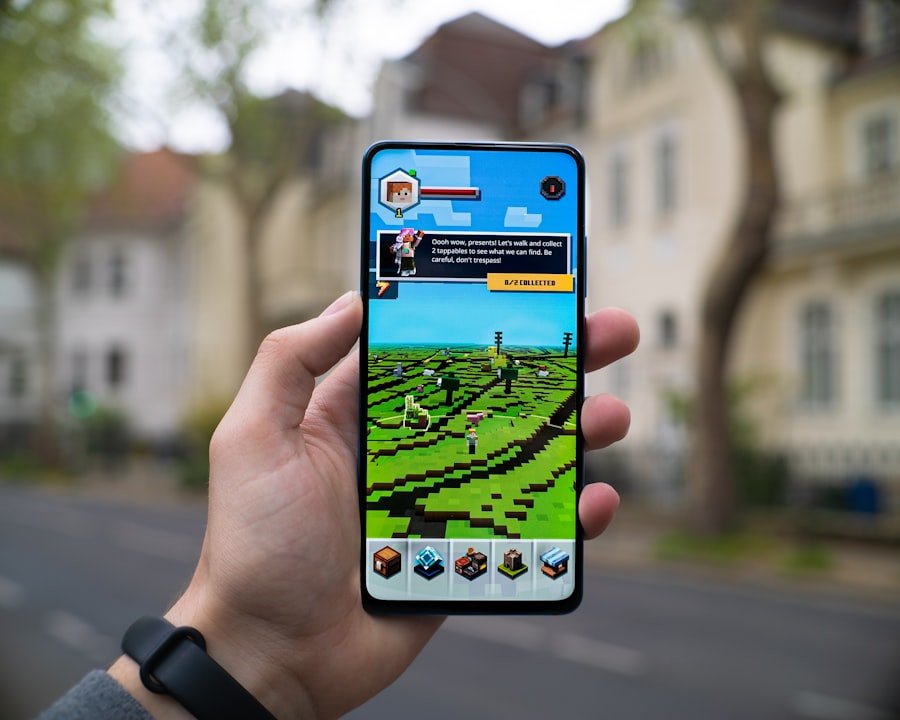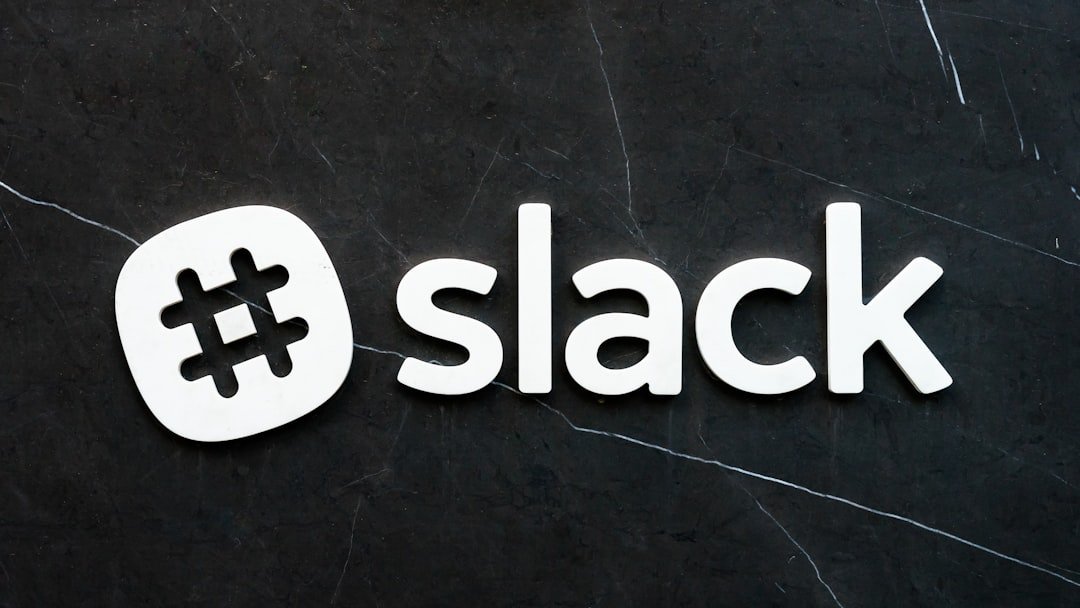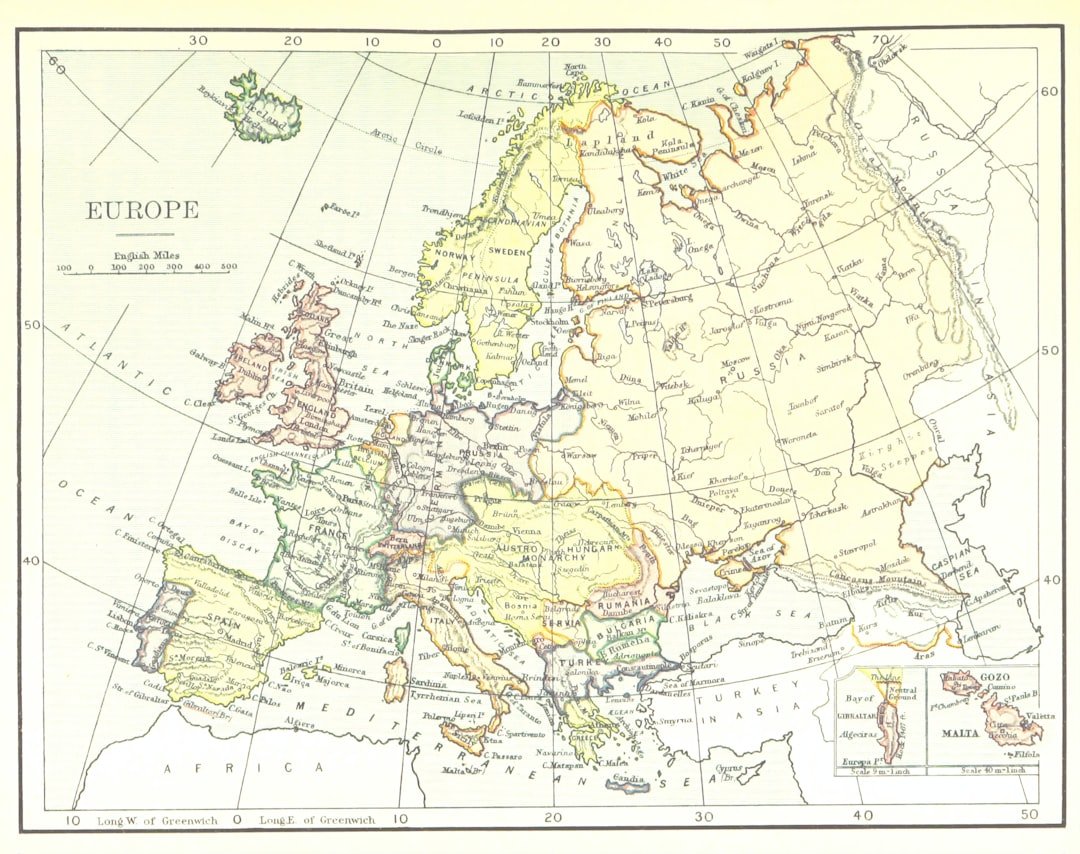Now Reading: Top Free-to-Play Games: No Pay-to-Win
-
01
Top Free-to-Play Games: No Pay-to-Win
Top Free-to-Play Games: No Pay-to-Win

In recent years, the gaming landscape has undergone a significant transformation, with free-to-play (F2P) games emerging as a dominant force. These games allow players to access a vast array of content without any upfront cost, making them incredibly appealing to a broad audience. The allure of F2P games lies not only in their accessibility but also in the potential for social interaction and community building.
As someone who has spent countless hours immersed in various F2P titles, I have witnessed firsthand how these games can captivate players and foster a sense of belonging.
One of the most contentious issues surrounding these games is the concept of “pay-to-win” mechanics, where players can gain significant advantages by spending real money.
This practice can create an uneven playing field, leading to frustration among those who prefer to engage with the game without financial investment. As I delve deeper into the world of F2P games, I find it essential to explore the criteria that define a game as “no pay-to-win” and highlight some exemplary titles that embody this philosophy.
Key Takeaways
- Free-to-play games are video games that are free to download and play, but offer in-game purchases for additional content or features.
- No pay-to-win games are free-to-play games that do not offer any in-game advantages for players who make purchases, ensuring a level playing field for all players.
- League of Legends is a popular free-to-play game that focuses on strategic team-based gameplay and offers a wide variety of champions for players to choose from.
- Warframe is a free-to-play cooperative third-person shooter game that allows players to control members of the ancient race of warriors known as the Tenno.
- Path of Exile is a free-to-play action role-playing game that focuses on deep character customization and a dark, gritty fantasy world.
- Apex Legends is a free-to-play battle royale game that features a diverse cast of characters with unique abilities and focuses on fast-paced, squad-based gameplay.
- Fortnite is a free-to-play battle royale game that gained massive popularity for its building mechanics, colorful graphics, and frequent in-game events.
- Dota 2 is a free-to-play multiplayer online battle arena game that emphasizes teamwork, strategy, and skill, with a large roster of playable heroes.
- Hearthstone is a free-to-play digital collectible card game that is set in the Warcraft universe and features strategic, fast-paced gameplay.
- War Thunder is a free-to-play vehicular combat multiplayer game that features a wide range of historically accurate vehicles and immersive combat scenarios.
- Free-to-play games offer a wide range of experiences and can be enjoyed without spending money, but it’s important for players to be mindful of in-game purchases and their impact on gameplay.
Criteria for No Pay-to-Win Games
Equal Access to Gameplay Elements
A genuinely no pay-to-win game should ensure that all players have equal access to essential gameplay elements without requiring monetary investment. This means that any items or upgrades that can be purchased should not provide a significant advantage over those obtained through regular gameplay.
Prioritizing Skill and Strategy
In my experiences, I appreciate games that prioritize skill and strategy over financial expenditure. Another critical aspect is the balance between monetization and player experience. A well-designed F2P game should offer cosmetic items or convenience features for purchase while keeping the core gameplay intact for all players.
Respecting Player Time and Effort
This approach allows developers to generate revenue without compromising the integrity of the game. In my journey through various F2P titles, I have come to value those that respect my time and effort, rewarding my dedication rather than my wallet.
League of Legends

One of the most iconic free-to-play games is League of Legends, a multiplayer online battle arena (MOBA) that has garnered millions of players worldwide. What sets League of Legends apart is its commitment to maintaining a level playing field. While players can purchase champions and skins, these purchases do not impact gameplay mechanics or provide any competitive advantage.
Instead, success in League of Legends hinges on skill, teamwork, and strategy. As I navigate the Summoner’s Rift, I find that the game’s design encourages continuous learning and improvement. Each champion offers unique abilities and playstyles, allowing me to experiment and discover what resonates with my gaming preferences.
The absence of pay-to-win elements fosters a sense of camaraderie among players, as we all strive to master our chosen champions and contribute to our team’s success. This shared experience is what makes League of Legends a standout title in the F2P genre.
Warframe
Another remarkable example of a no pay-to-win free-to-play game is Warframe, a cooperative third-person shooter set in a stunning sci-fi universe. Warframe excels in providing players with an expansive world filled with rich lore and diverse gameplay options. While players can purchase premium currency to acquire cosmetics or convenience items, the core gameplay remains accessible to everyone.
What I find particularly appealing about Warframe is its emphasis on player skill and teamwork. The game’s mechanics reward strategic thinking and coordination with teammates, making it essential for players to communicate effectively during missions. As I dive into the fast-paced action, I appreciate how Warframe encourages me to hone my skills rather than rely on financial investment to progress.
The sense of achievement that comes from mastering complex mechanics and completing challenging missions is incredibly rewarding.
Path of Exile
Path of Exile is another shining example of a free-to-play game that avoids pay-to-win pitfalls. This action role-playing game (ARPG) offers an intricate skill tree and deep customization options, allowing players to create unique builds tailored to their playstyle. While there are microtransactions available for cosmetic items and stash space, none of these purchases impact gameplay balance or progression.
As I immerse myself in the dark and gritty world of Wraeclast, I am constantly amazed by the depth of the game’s mechanics. The complexity of character builds and itemization creates an environment where skillful play is rewarded. The absence of pay-to-win elements fosters a sense of community among players who share strategies and tips for optimizing their builds.
In Path of Exile, my success is determined by my understanding of the game rather than my willingness to spend money.
Apex Legends

Accessibility and Fair Play
As a free-to-play title, Apex Legends has successfully avoided pay-to-win mechanics by ensuring that all characters are accessible through gameplay or in-game currency. While players can purchase cosmetic items and battle passes, these do not affect gameplay balance or provide any competitive edge.
Teamwork and Strategy
What I appreciate about Apex Legends is its focus on teamwork and communication. Each character possesses distinct abilities that can complement one another, encouraging players to strategize and work together effectively. The game’s design rewards skillful play and quick decision-making, making every match an exhilarating experience.
Success Through Skill, Not Spending
In Apex Legends, I find that my success hinges on my ability to adapt and collaborate with my teammates rather than my financial investment in the game.
Fortnite
Fortnite has become a cultural phenomenon since its launch, captivating players with its vibrant art style and engaging gameplay. As a free-to-play battle royale game, Fortnite has managed to maintain a no pay-to-win environment by offering cosmetic items for purchase while keeping core gameplay elements accessible to all players. The game’s unique building mechanics add an extra layer of strategy that rewards skillful play.
As I drop into the colorful world of Fortnite, I am constantly reminded of how important creativity and adaptability are in this fast-paced environment. The ability to build structures on-the-fly can turn the tide of battle, emphasizing player skill over financial investment. The absence of pay-to-win elements allows me to focus on honing my building techniques and combat strategies without feeling pressured to spend money for an advantage.
Dota 2
Dota 2 stands as one of the most respected titles in the MOBA genre, known for its depth and complexity. As a free-to-play game, Dota 2 has successfully avoided pay-to-win mechanics by ensuring that all heroes are available for free from the start. Players can purchase cosmetic items or battle passes, but these do not impact gameplay balance or provide any competitive advantages.
Each match requires careful coordination with teammates and an understanding of hero synergies. The absence of pay-to-win elements fosters a sense of equality among players, as we all have access to the same heroes and abilities from the outset.
In Dota 2, my success is determined by my strategic thinking and collaboration with my team rather than any financial investment.
Hearthstone
Hearthstone has carved out a niche for itself in the digital card game genre as a free-to-play title that avoids pay-to-win pitfalls. While players can purchase card packs or expansions, it is entirely possible to build competitive decks through regular gameplay alone. The game’s design encourages strategic thinking and deck-building skills rather than financial expenditure.
As I engage in matches against other players, I appreciate how Hearthstone rewards creativity and adaptability in deck construction. The variety of cards available allows me to experiment with different strategies and playstyles, making each match feel fresh and exciting. The absence of pay-to-win mechanics ensures that my success hinges on my understanding of the game rather than my willingness to spend money on card packs.
War Thunder
War Thunder stands out as a free-to-play military vehicle combat game that successfully avoids pay-to-win mechanics while offering an immersive experience for players. While there are options for purchasing premium vehicles or upgrades, these do not provide significant advantages over those earned through regular gameplay. Instead, success in War Thunder relies on skillful piloting and strategic decision-making.
As I take to the skies or engage in ground battles, I am constantly reminded of how important teamwork and communication are in War Thunder. The game’s mechanics reward players who work together effectively and adapt their strategies based on the evolving battlefield conditions. The absence of pay-to-win elements allows me to focus on improving my skills rather than feeling pressured to spend money for an advantage.
Conclusion and Final Thoughts
In conclusion, the world of free-to-play games offers a diverse array of experiences that cater to various gaming preferences while maintaining a commitment to fairness and accessibility. Titles like League of Legends, Warframe, Path of Exile, Apex Legends, Fortnite, Dota 2, Hearthstone, and War Thunder exemplify what it means to be no pay-to-win games, allowing players to enjoy rich gameplay without financial barriers. As I reflect on my journey through these F2P titles, I am grateful for the opportunities they provide for skill development and community engagement.
The absence of pay-to-win mechanics fosters an environment where dedication and strategy take precedence over financial investment, creating a more enjoyable experience for all players involved. Ultimately, these games remind me that gaming can be both accessible and rewarding without compromising fairness or integrity.
If you’re looking for the best free-to-play games that don’t feel pay-to-win, you may also be interested in checking out this article on the ultimate character tier list ranking the best and worst characters in popular games. This list can help you strategize and choose the most powerful characters to play with in your favorite games.
FAQs
What are free-to-play games?
Free-to-play games are video games that are available to play at no cost. Players can download and play these games without having to pay an initial purchase price.
What does pay-to-win mean in the context of free-to-play games?
Pay-to-win refers to the concept in free-to-play games where players can gain a significant advantage by spending real money on in-game purchases. This can create an imbalance between players who spend money and those who do not.
What are some free-to-play games that don’t feel pay-to-win?
Some examples of free-to-play games that are often praised for not feeling pay-to-win include “Fortnite,” “Apex Legends,” “Warframe,” “Path of Exile,” and “Hearthstone.”
How do these games avoid the pay-to-win model?
These games typically offer in-game purchases that are cosmetic or provide convenience, rather than directly impacting gameplay. This allows players to enjoy the game and compete on a level playing field without feeling pressured to spend money to stay competitive.



























